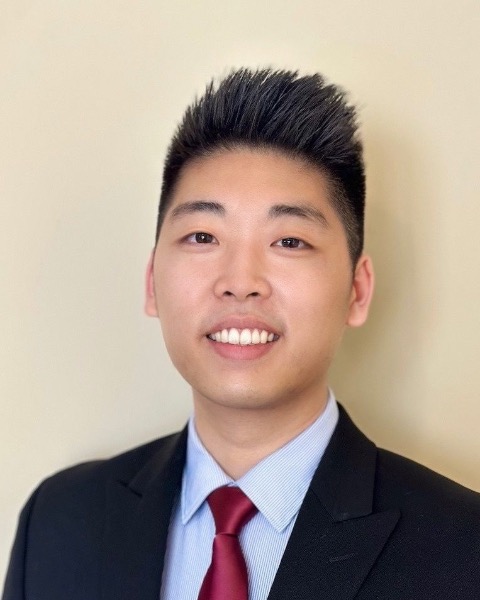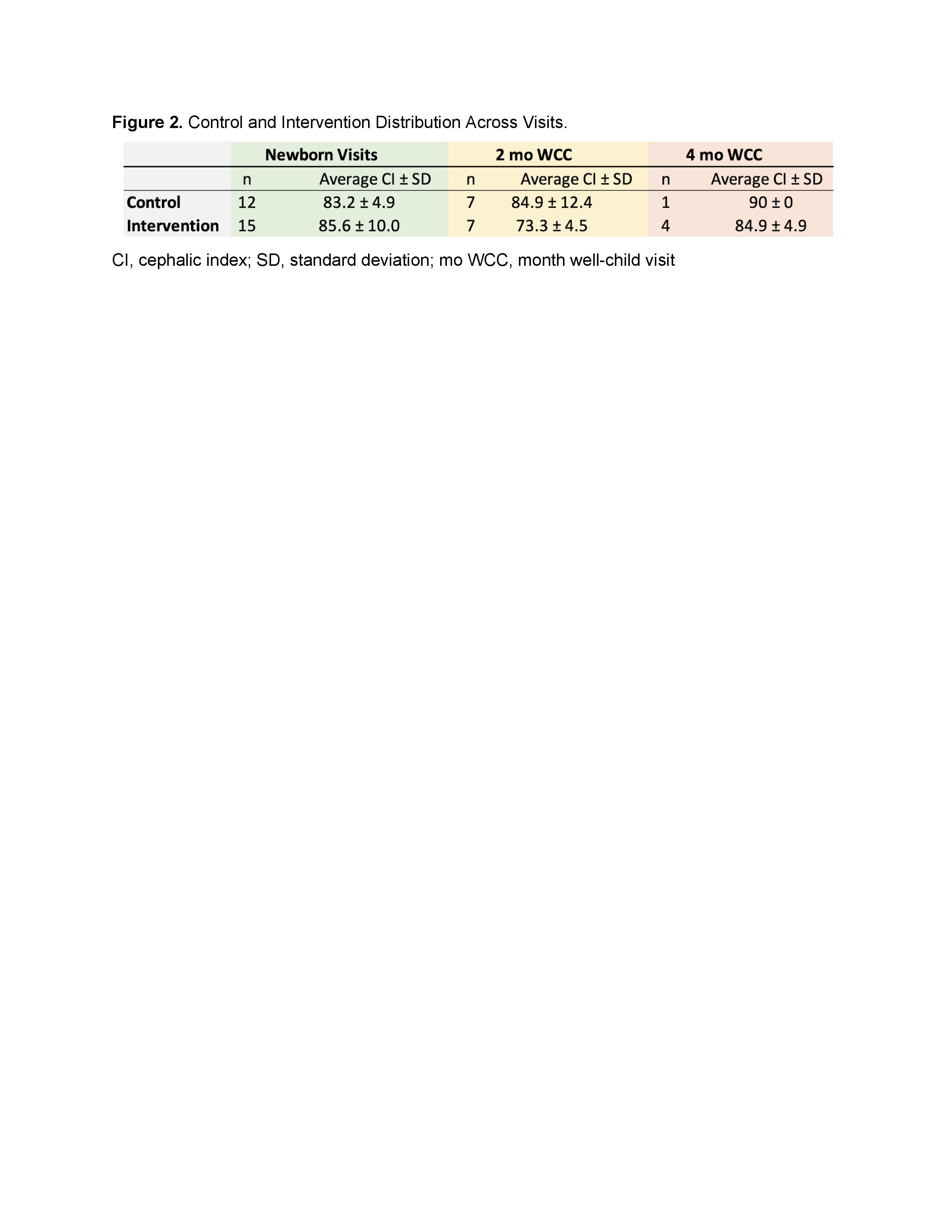General Pediatrics: Primary Care/Prevention
General Pediatrics 1
107 - Parental Education for the Prevention of Plagiocephaly: A Pilot Study
Publication Number: 107.114

Alex Joo, BA (he/him/his)
Medical Student
University of Massachusetts Medical School
Worcester, Massachusetts, United States
Presenting Author(s)
Background: The American Academy of Pediatrics introduction of the Back-to-Sleep Campaign significantly reduced infant mortality from sudden infant death syndrome. As a result of prolonged supine positioning, the incidence of deformational plagiocephaly or “flat head syndrome” has risen 5-fold. Cephalic index (CI), the ratio of head width to length, is a metric used by insurers to for plagiocephaly helmet authorization. Our recent work has shown the average CI has significantly increased from established pre-Back-to-Sleep norms, unnecessarily indicating helmets for many healthy infants.
Objective:
To improve the current educational paradigm for new parents with the goal of reducing the incidence of plagiocephaly within the confines of the Back-to-Sleep Campaign.
Design/Methods:
Children were screened at their newborn visit. Premature newborns and those diagnosed with craniofacial disorders were excluded. For all those enrolled, biparietal and anteroposterior diameter was obtained using manual calipers to obtain CI. CI is used as a proxy for head shape abnormality due to its ease, accuracy and reproducibility (as opposed to transcranial measurements which have higher interrater reliability error). Subjects randomly assigned to the intervention group were shown a two-minute video and given an educational pamphlet on methods to prevent plagiocephaly. A difference-in-difference analysis, where unpaired two-sample T-tests comparing mean differences in intervention and control, was performed.
Results:
27 subjects, 12 control and 15 intervention, were enrolled with 14 two-month follow-ups and five four-month follow-ups. The average baseline control cephalic index (cCI) was 83.2 and 85.6 for intervention cephalic index (iCI). At two months, average cCI was 84.9 and iCI was 73.3, with a mean CI difference from baseline of 1.5 and -3.3 in control and intervention groups, respectively (p = 0.42). At four months, average cCI was 90 and iCI was 84.9, with a mean CI difference from baseline of 16.7 and 0.8 in control and intervention groups (p = 0.06).
Conclusion(s):
Parental education at the newborn visit led to decreases in CI at two and four months compared to control patients, which is relevant as this is the ideal timing for intervention. We predict that this difference will reach statistical significance with increasing enrollment. With the potential to reduce parental stress and health care costs associated with the evaluation and treatment of plagiocephaly, continued enrollment and extended follow-up is required to understand the most effective treatment approaches..jpg)


